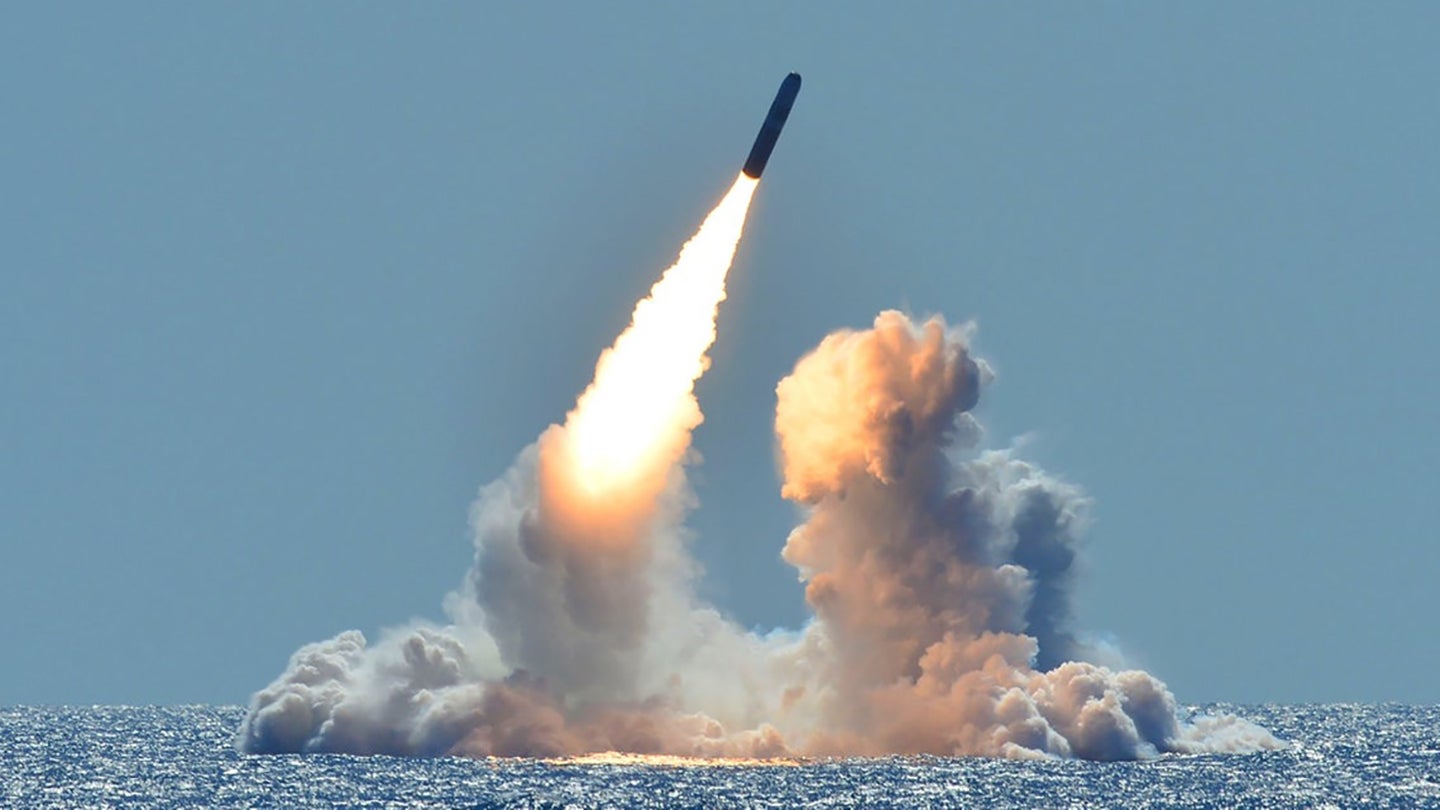raratt
Well-Known Member
I was SAC until it went away. We were a SAC detachment on a PACAF base on Guam. Our Captain didn't listen to the PACAF colonel running the base...lol.Prior to Dad retiring we lived exclusively on SAC bases.
I was SAC until it went away. We were a SAC detachment on a PACAF base on Guam. Our Captain didn't listen to the PACAF colonel running the base...lol.Prior to Dad retiring we lived exclusively on SAC bases.


Ours here (and Home Depot) do as well.our local lowes gives a vet discount and offers a few parking spaces.
thank you lowes for yall service!
Both Lowes and Home depot have 10% veterans discounts, no veteran parking here, I'm sure it would be misused anyway. Hard enough to keep people out of handicapped slots. Edit, I type slow.our local lowes gives a vet discount and offers a few parking spaces.
thank you lowes for yall service!
Please unpack the acronymLove the direction of this thread!!
I.Y.A.A.Y.A.S.
I think I said that acronym the last time I smashed a finger.Please unpack the acronym
I expected an F or twoI think I said that acronym the last time I smashed a finger.
IfPlease unpack the acronym
Thank youIf
You
Ain’t
Ammo
You
Ain’t
Shit
Army fellas call us Ordinance
19 years 3 months active duty21 years, 3 months, 3 days, but who counted...
Thank you for your *19 years 3 months active duty
Only 9 more months to go. Think of it like a pregnancy.19 years 3 months active duty
